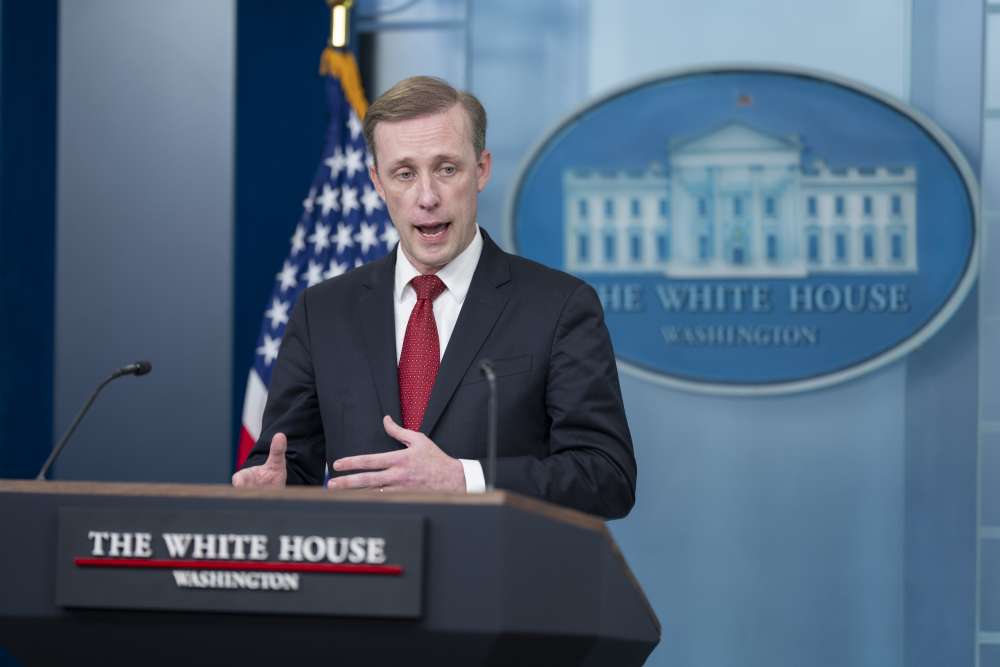Case study
“As Large of a Lead as Possible”?
Taking Stock of the Biden Administration’s Agenda on Critical and Emerging Technologies

National Security Advisor Jake Sullivan speaks during a White House press briefing on October 1, 2024.
| Photo: Oliver Contreras / Flickr (public domain)
18 Dec 2024
Download
Case Study
This review article seeks to bring various ongoing strands of debate around the Biden administration’s agenda on critical and emerging technologies (CET) into a coherent structure and to systematically take stock of the agenda’s achievements and challenges.
Key take-aways:
- The Biden administration’s overarching CET agenda is best characterized by the slogan “as large of a lead as possible” rather than by “small yard, high fence” or other familiar adages on the topic. A central driver of the agenda has been the urgency of containing China’s tech-enabled military modernization, fused with an aspiration to safeguard long-term prosperity for the American middle class.
- On balance, the concrete measures adopted have fulfilled their stated purpose of widening the US lead on relevant technologies over China. However, the effort was very costly, both in terms of direct outlay costs from measures to ‘promote’ accelerated technological progress in the US and in terms of the collateral economic damage caused by efforts to ‘protect’ US capabilities from leakage to adversaries.
- The costs and side-effects of ‘protect’ measures were strongly exacerbated by their increasingly expansive application after initial steps did not prove as effective as hoped. Despite the frequent commitment to ‘derisking’ rather than ‘decoupling’, current dynamics between China and the US are likely to result in a far-reaching bifurcation of the global technology stack.
- This bifurcation would entail the loss of some forms of US leverage over China in the future, a clear strategic drawback from an American perspective. Still, given the very strong home-grown Chinese push to reduce dependencies and exposure to US measures, prioritizing outright technological supremacy can be considered a fundamentally reasonable strategy to protect national security from a US perspective.
- In a scenario of far-reaching technology decoupling, the US may be able to force many countries, notably in Europe, into alignment. However, fostering voluntary acquiescence and buy-in by advancing a positive vision of a global technology order that better leverages cooperation among partners would offer a less abrasive and more reliable path to safeguarding US security and prosperity. While unlikely under the new Trump administration, this is the approach that both domestic stakeholders and America’s international partners should push for.
This publication is part of a GPPi project on the strategic agenda on critical technologies in Germany and Europe.
The project is funded by the German Federal Foreign Office. The publication solely reflects the opinion of its authors.







